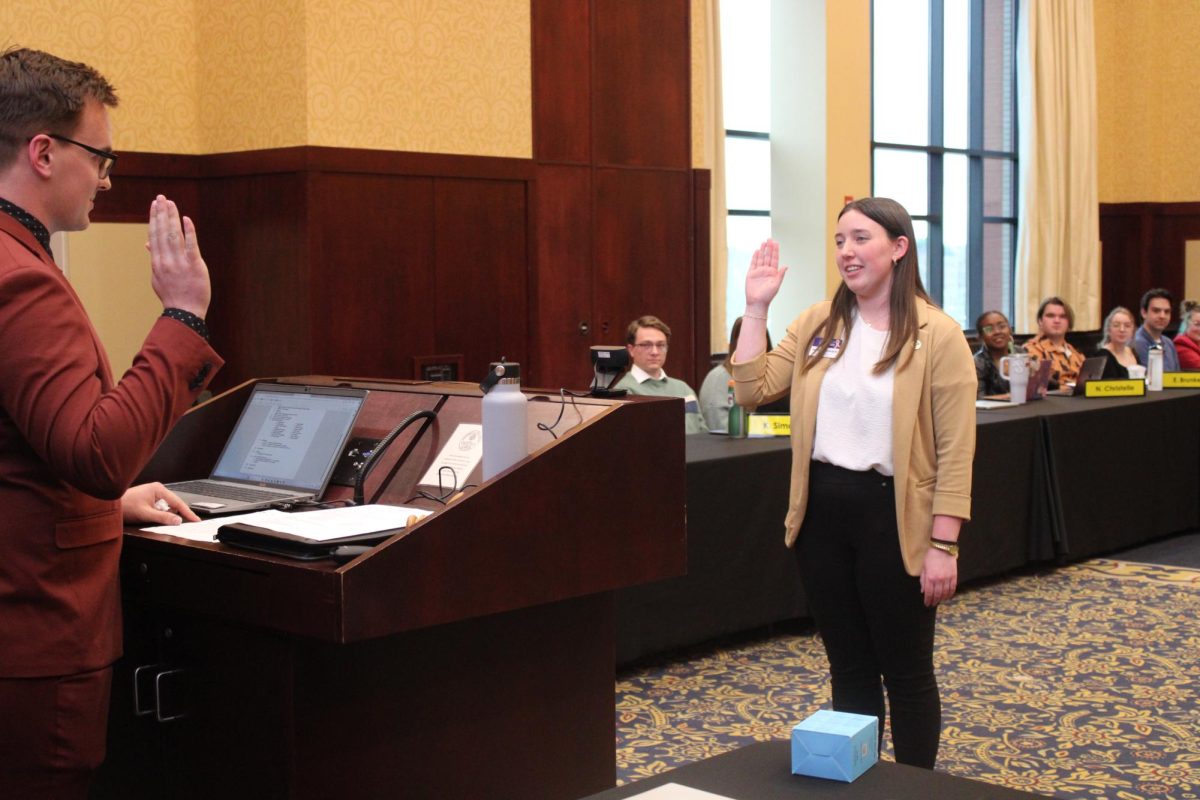Even when used in 100 percent of sexual activities, condoms fail to reduce the risk of some of the most common sexually transmitted diseases to an acceptable level, according to a report released earlier this week by The Medical Institute for Sexual Health.
More than 15 million Americans are diagnosed with STDs each year, said Joe S. McIlhaney, Jr., MD, the president of The Medical Institute, in a PR Newswire article.
“It is imperative that Americans understand what the science says about the limits of condoms in keeping them safe from STDs, many of which can have life-altering consequences, including infertility and cancer,” McIlhaney said in the article.
UW-Eau Claire Student Health Services doesn’t have any statistics on which STDs are most common on campus because not all students are tested there, said health educatorSarah Harvieux.
Nationally, chlamydia and gonorrhea are the most commonly tested for STDs on college students, she said.
Gonorrhea and chlamydia transmission is reduced by only about 50 percent with 100-percent condom use, according to the Medical Institute for Sexual Health’s report. The sexual transmission of HIV is reduced by 85 percent with 100-percent condom use.
Part of the reason for condoms’ lowered effectiveness rates is due to human error, Harvieux said, such as not using a condom properly.
Health Services officials stress that abstaining from sexual activity is the only way to fully protect yourself from sexually transmitted infections, Harvieux said.
Even with the study’s findings on the risk of getting STDs, there is no reason for anyone not to use a condom during sex, freshman Chad Sternweis said.
“You are always better off using a condom than not using one at all,” Sternweis said.
“If you are afraid of the risk of contracting STDs,” he said, “then don’t live such a promiscuous sex life.”.
Health Services tests for STDs at a reasonable price and offers treatment, Harvieux said. A chlamydia test costs $14 and gonorrhea exam is free, as stated on the department’s Web site. Ten condoms are available for $2 at Health Services in Crest Wellness Center.
It is important to remember that condoms will not eliminate the risk for STDs when used 100 percent of the time, and many people won’t use them all of the time, Harvieux said.
According to the Medical Institute report, 100 percent condom use is very uncommon for most people. It found that among adults who knew their partner had HIV, only 56 percent used condoms every time they had sex during a two-year period.
Harvieux urges couples who are thinking about having a sexual relationship to discuss it first and get tested before beginning any sexual activity.
Health Services is available for students who wantto learn more about STDs. Students can call 836-5360 for appointments.






